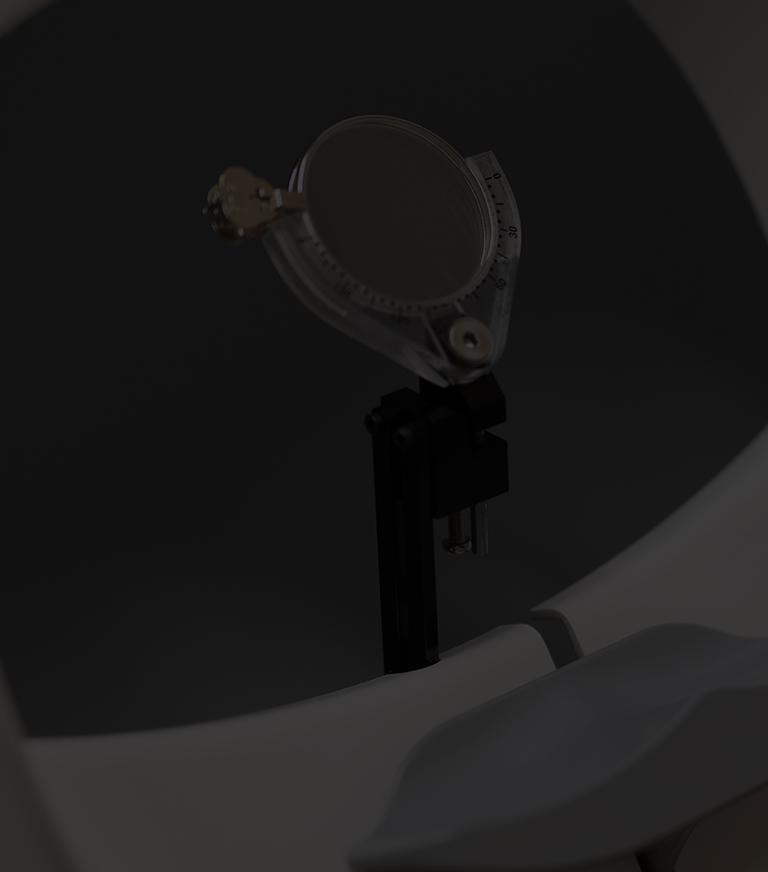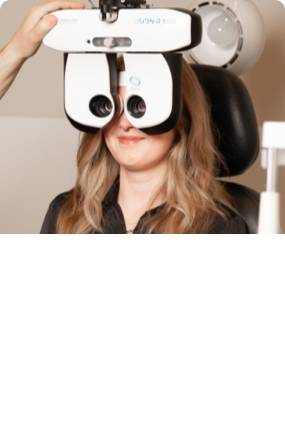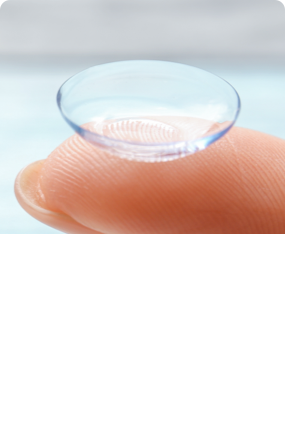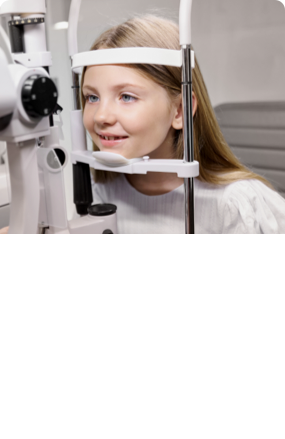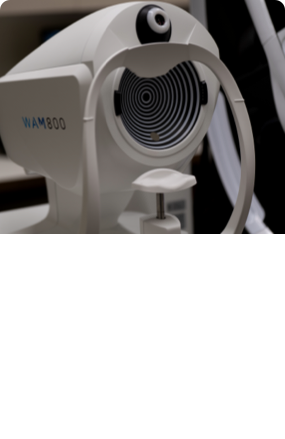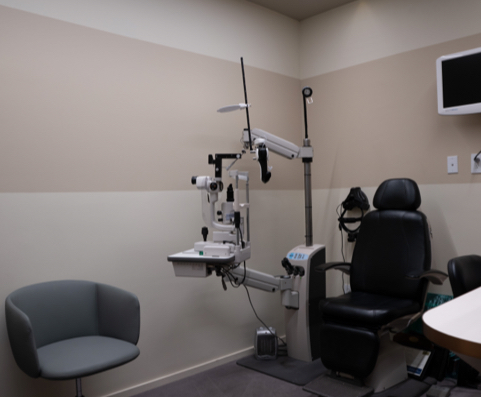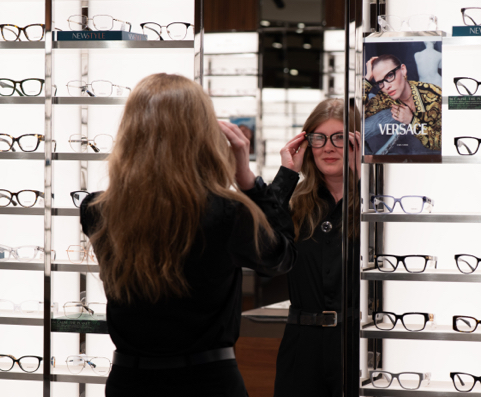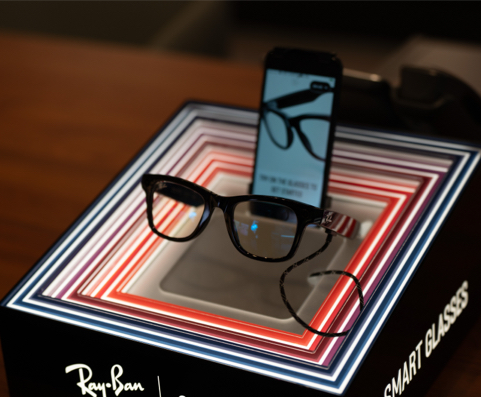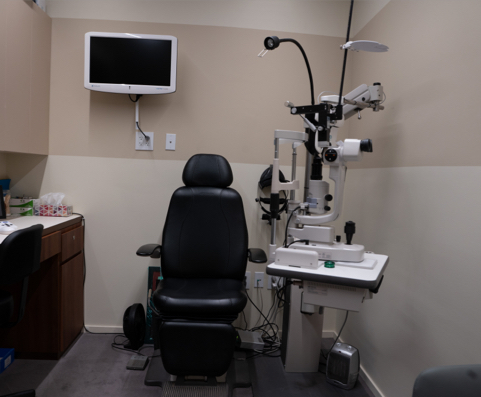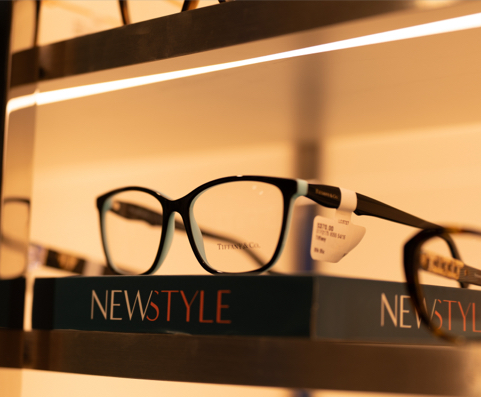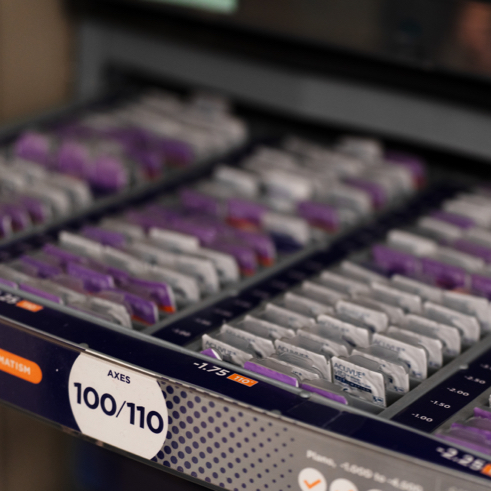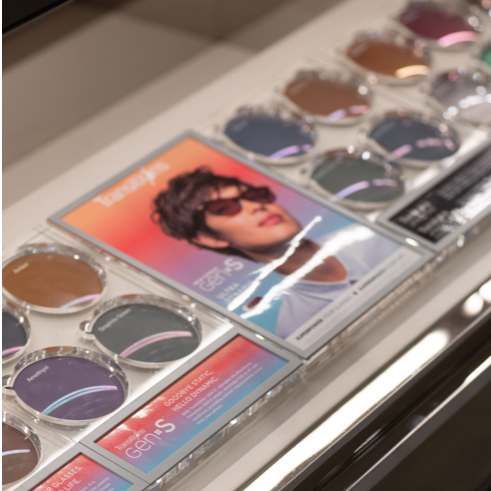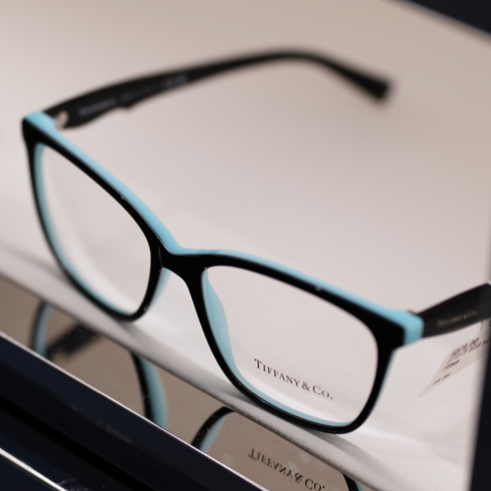Have you ever woken up with a painful, red bump on your eyelid? Chances are, you might have had a stye. A stye, also called a hordeolum, is an infection in an oil-producing meibomian gland in the eyelid.
While dry eyes will not cause a stye by itself, the underlying source of inflammation that causes Dry Eye Syndrome can also lead to the formation of a stye.
What Is Dry Eye?
Dry eye is a condition in which the eyes don’t produce enough tears, or the tears evaporate too quickly, leading to dryness, irritation, and discomfort.
What Causes Dry Eye?
So what causes dry eyes in the first place? There are a few different factors that can contribute to dry eyes, including:
- Aging: As we get older, our eyes naturally produce fewer tears. This can lead to dryness and discomfort.
- Medications: Some medications, such as antihistamines, decongestants, and antidepressants can cause dry eyes as a side effect.
- Health Issues: Dry eyes are often a symptom of several health issues, including blepharitis or meibomian gland dysfunction.
- Environmental factors: Dry, windy, or dusty environments can irritate the eyes and cause them to become dry.
- Screen time: Spending long periods staring at a computer screen can cause eye strain and dryness.
If you suffer from dry eyes and have noticed any styes or any other uncomfortable feeling in your eyes, it’s a good idea to talk to an optometrist at Orchard Park Optometry. We can help determine the underlying cause of your dry eyes and recommend treatment options to help alleviate your symptoms.
What Is a Stye?
A stye, also known as a hordeolum, is a type of bacterial infection that affects the oil glands in the eyelid. Styes are usually caused by the bacteria Staphylococcus aureus, which is commonly found on the skin and in the nose.
When the oil glands in the eyelid become blocked, the bacteria can grow and cause an infection, leading to the development of a stye.
How are Styes and Dry Eyes Related?
While dry eyes will not directly cause a stye to appear, there are symptoms from other dry eye conditions that could lead to a stye.
Meibomian Gland Dysfunction
Poor diet, exposure to environmental toxins, inflammatory health conditions like Rosacea, acne, and arthritis, as well as excessive screen time can all lead to poor functioning oil glands in the lids.
Without proper functioning glands, the tears evaporate too quickly and the surface of the eye becomes dry. The glands can also swell, the oils become thick and turbid, and ultimately they become plugged up and infected as a stye.
Blepharitis
Blepharitis is a very common type of eyelid inflammation caused by bacteria, mites, and other microbes. It is not generally regarded as an infection, but as hypersensitivity to toxins that the microbes excrete onto the eye. This is what causes dry eye symptoms. Most commonly it is a sign of poor hygiene. Styes form in the presence of blepharitis because the pathogenic microbes can invade the oil glands of the eyelid resulting in an infection.
Symptoms of Dry Eye & Styes
The symptoms of dry eyes and styes may overlap, as both conditions can cause redness, swelling, and discomfort. However, there are some key differences to look out for:
Dry Eye Symptoms
Dry eyes may cause:
- Dryness
- Irritation
- Redness
- Discomfort
- Sensitivity to light
These symptoms may be worse in dry environments or when engaging in activities that cause eye strain, such as staring at a computer screen for long periods.
Stye Symptoms
Styes typically cause redness, swelling, tenderness, and a bump on the eyelid. The bump may be painful to the touch and may cause the eyelid to feel heavy or tight. In some cases, a stye may also cause blurry vision or sensitivity to light.
Can Dry Eyes Cause Styes?
While dry eyes alone do not directly cause styes, the underlying inflammation associated with Dry Eye Syndrome can contribute to their development. Dry eye syndrome often leads to inflammation of the eyelids (blepharitis) and irritation of the oil-producing meibomian glands along the eyelid edge. When these glands become clogged or infected, it creates an environment where styes can form.
Here’s how dry eyes are linked to styes:
- Blepharitis Connection: Dry eyes frequently occur alongside blepharitis, an inflammation of the eyelid margins. This condition can block oil glands, raising the risk of styes.
- Poor Tear Quality: An inadequate or imbalanced tear film caused by dry eyes can allow debris and bacteria to build up on the eyelid margins, increasing the chance of infection.
- Frequent Eye Rubbing: Dry eye discomfort often prompts rubbing, which can transfer bacteria to the eyelids and contribute to the development of styes.
Treatment for Dry Eye & Styes
There are several treatment options available for dry eyes and styes, depending on the severity of the condition and the underlying cause.
Dry Eye Treatment
Treatment for dry eyes may include artificial tears, lubricating ointments, eye patches, and prescription medications. In some cases, treatment may also involve modifying environmental factors that contribute to dryness, such as using a humidifier or avoiding dry environments. Your optometrist will also review your overall health and diet to make sure you aren’t consuming foods that contribute to your symptoms.
Treatment for Styes
Treatment for styes may include warm compresses, antibiotic ointments or pills, and occasionally surgical drainage. It’s important to seek medical attention if a stye does not resolve on its own within a few days, as it may require more intensive treatment
Advanced Dry Eye Treatment at Orchard Park Optometry
For dry eye that doesn’t resolve with artificial tears, lubricating ointments, eye patches, or prescription medication, there are more tools available at Orchard Park Optometry.
Digital Tear Layer Assessment
Our optometric technology allows us to assess the tear layer without any invasive procedures. By using advanced instruments, we can track the tear break-up and the number of tears produced. This data helps us develop a plan to effectively address your dry eye symptoms.
I-MED Pharma Products
Our office carries a range of I-MED Pharma products that are specifically designed to treat and manage dry eyes. Whether you need eye drops, warming masks, punctal plugs, or lid and lash cleaners, we have the products you need to address your dry eye concerns.
Draining the Lesion
In certain situations, drainage of the stye is necessary for resolution. Your optometrist may be able to perform a minor procedure to drain the lesion, or for complex infections, they can make the appropriate referral to an ophthalmologist to have it surgically removed.
Find Relief for Your Eyes
Whether you’re experiencing dry eye symptoms or another eye condition, Orchard Park Optometry has the expertise to help find solutions for your symptoms.
Contact us today to book an appointment in Kelowna!
